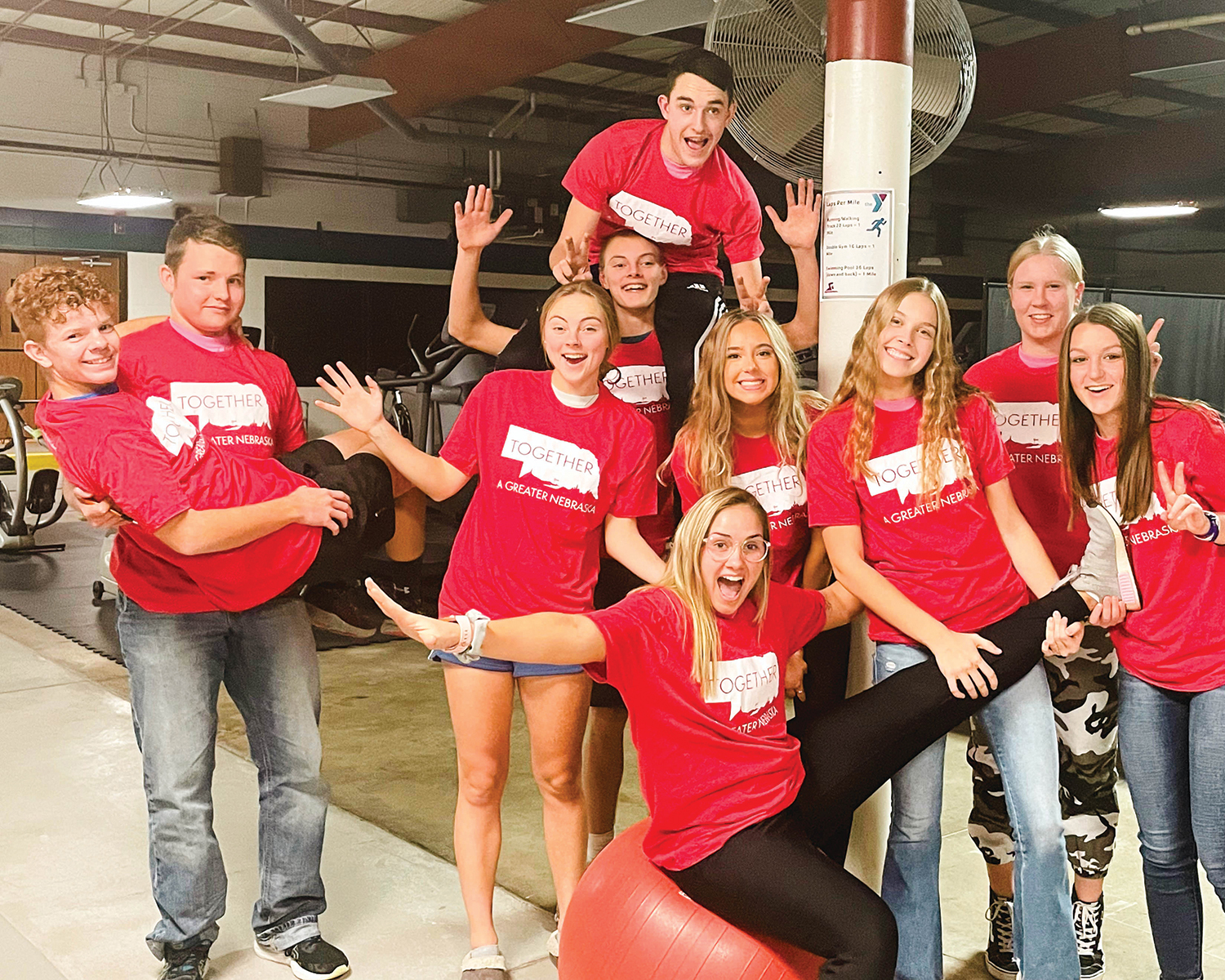By Jeff Yost

There is an extraordinary movement gaining momentum in dozens of our Nebraska hometowns. As a long-time practitioner of resident-led, asset-based community economic development, I believe local food in schools is a true exercise of putting some of Nebraska’s greatest resources to work.
Nebraska is amazing. Nearly everyone and everything works. We have so much to be proud of, including a rich agricultural heritage and an incredible combination of natural resources, people power, and expertise we use to help feed the world. Many communities across the state are harnessing that abundance, knowledge and competitive advantage by bringing locally sourced fruits, vegetables, and proteins into the school cafeteria.
Local foods in schools is a virtuous cycle of community abundance and co-production. The benefits of this type of program are numerous and broad—more nutritious meals, enhanced curriculum (especially in science, technology, engineering and math), a deeper connection to community and state, and better market conditions for locally grown fruits, vegetables, grains and meat.
But perhaps the most important benefit of integrating local foods into the school lunch program is the impact it can have on the self-fulfilling prophecy we have created for ourselves and our homeplaces. When we do it ourselves, we believe in ourselves. And when we believe in ourselves, and our power together, we accomplish more.
Local foods in schools programs are thriving in many places across Nebraska. In Litchfield (30 miles north of Kearney), where nearly every student and staff member eats school lunch, 80 percent of food in their school is locally grown and made from scratch. Their goal is to reach even beyond 80 percent. Through collaboration with local farmers and ranchers combined with vegetables raised in the school greenhouse and garden, the local foods program is cultivating deep connections between students, families, businesses and agricultural producers.
This year at least 65 school districts are serving locally raised beef. The Titan Beef Boosters Club for Thayer Central Schools in Hebron was one of the first. Local producers are highlighted on a banner in the cafeteria. Students see their own names on the banner along with names of friends and family. FFA students are growing lettuce in the cafeteria using tower gardens, and a local farmer provides many of the vegetables.
At Wayne Community Schools, over half of the food is made from scratch, including most of the bread. Local melons and apples are very popular with students. Wayne’s food service director partners with local organizations like the Farm Bureau to find and purchase local beef. They promote farm to school activities by participating in a statewide program called Nebraska Thursdays which highlights local foods on the school tray on Thursdays throughout the school year.
In Overton tortillas are homemade and the school garden and a commercial greenhouse provide many of the vegetables.
In Red Cloud the early childhood development center has an Edible Schoolyard where children have opportunities to work in the garden and prepare food, transforming their relationship to the food we eat.
Even in Omaha, our largest school district with 52,000 students, 11 to 25 percent of food is now made from scratch and locally sourced. The food service director shares, “We have a strong belief in providing foods which are produced by local farmers. The food is fresh, colorful, and supports the local economy.”
Many Nebraska hometowns are using local charitable dollars to provide a margin of excellence above and beyond what the school district can do on its own. These charitable monies are being used to purchase locally grown fruits, vegetables, grains and meats; purchase equipment to prepare, cook and store more food made from scratch; pay for more food service staff to prepare and cook meals; and enhance curriculum and experiential learning to improve educational outcomes and individual student success.
Local foods in schools is a great example of taking what we have to make what we need. This is asset-based community development at its finest and a meaningful way to build stronger communities and a Greater Nebraska!


